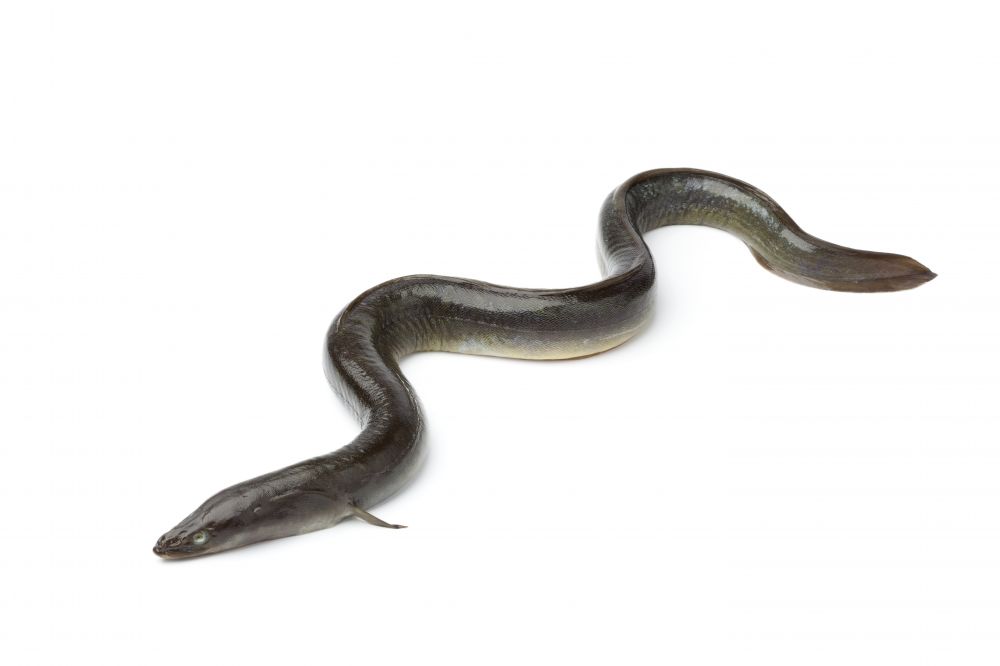
Read the article with FishingTheSpot: the european eel
Keep an eye on this subject!
Thousands of species spotlights and techniques but also all the local information about your city!



Meet other anglers near you and share your fishing fishing trips, afoot or on a boat, at sea or in freshwater
See the fishing tripsThe European Eel

June to September
38 cm
Did you fish
this species this month?
The European Eel belongs to the Anguillidae family. The european eel can reach a maximum size of 1.50 m and a weight of 3 kg. However, males rarely exceed 45 cm. The current size is more modest and varies between 40 and 60 cm. Its longevity is 12 to 20 years but in captivity it can reach more than 50 years. They can be fished from June to September.
The European eel has a snake-like body, with a circular cross-section and very elongated. The body is covered with smooth, viscous skin, rich in thick mucus-secreting cells. The scales are small, oval and deeply embedded in the skin. It has a small round eye and a terminal mouth. The lower jaw is prominent. The color of the eel varies as it grows. In the yellow eel stage, it has a brownish, greenish or yellowish color depending on its habitat (homochrome). The lateral line is not very visible. In the silver eel stage, the back is dark green, the sides have silvery highlights and the belly is pearly white. The lateral line becomes very visible. The body of the European eel does not have pelvic fins. The pectoral fins, the only even fins, are small. On the other hand, odd fins (dorsal, anal, caudal) are very long and fuse at the tail.
The European Eel lifestyle
The European eel's diet depends on its stage of evolution. It is a predator with a varied diet. In fresh water, its prey consists mainly of insect larvae, crustaceans and fish, but also rodents in large individuals. At sea, eels feed on small fish and crustaceans. During their migration to the Sargasso Sea, adults do not feed and live off the reserves accumulated during the yellow eel stage.
The European eel is a catadromous species, i. e. it lives in fresh water and breeds at sea. The male remains 6 to 12 years old and the female 9 to 20 years old in the streams before beginning their migration to the Sargasso Sea. At this point, the color of the integument will change, we speak of silver eel and the sexual maturation of individuals will end during the journey. Migration to the Sargasso Sea occurs at great depth, as does reproduction in spring and summer. Adults die after reproduction. After hatching, the larvae follow the Gulf Stream and begin a migration to European rivers that will last more than a year.
The European eel habitat
The eel is a fish whose mores are partially unknown or unexplained. Some eels go far up into fresh water and others remain in seawater. The eel is an essentially nocturnal fish that remains buried in the mud or hidden on the substrate during the day. They can prey out of the water thanks to the mucus that protects their bodies and the narrow gill opening that protects the gill cavity.
Eels can be found throughout Europe except in Eastern Europe where they are absent.
The European eel angling
The European eel is fished on the bottom with meat baits (earthworms, small fish...).
It is fished from June to September.


